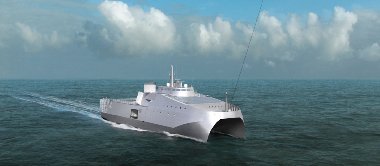Louchet UEI/AVA, Jean et Li, Jiang (1996) An Identification Tool to build Physical Models for Virtual Reality In: Proceedings of IWISP96, nov. 1996, Manchester, UK.
Fichier(s) associé(s) à ce document :
| PDF Restricted to Administrateur de l'archive uniquement 76Kb |
Résumé
Virtual reality applications including visual and gestural man-machine interaction requires the use of particle-based deformable and articulated models. However, they lack the relevant model building methods, in order to ensure realistic behaviours based on observations of real-world objects. To this end, our research aims at looking for reliable physical model building mechanisms, which use experimental kinematic data of real objects as an input. Building a physical-based model of an object thus divides into two main steps: • The first step is the capture of kinematic data. It may consist of extracting characteristic points trajectories from the images of a real scene, involving image sequence analysis techniques, or other ad-hoc experimental means [6]. • the second step consists of using these kinematic data into a specific physical model implementation scheme. This paper focuses on the second step. We propose an original method to automatically identify physical models built through using local masses and generalised springs.
| Type de document: | Document issu d'une conférence ou d'un atelier (Conférence) |
|---|---|
| Sujets: | Sciences et technologies de l'information et de la communication |
| Unité d'appartenance: | |
| Code ID : | 3345 |
| Déposé par : | Julien Karachehayas |
| Déposé le : | 24 janv. 2008 01:20 |
| Dernière modification: | 05 juin 2013 09:13 |







